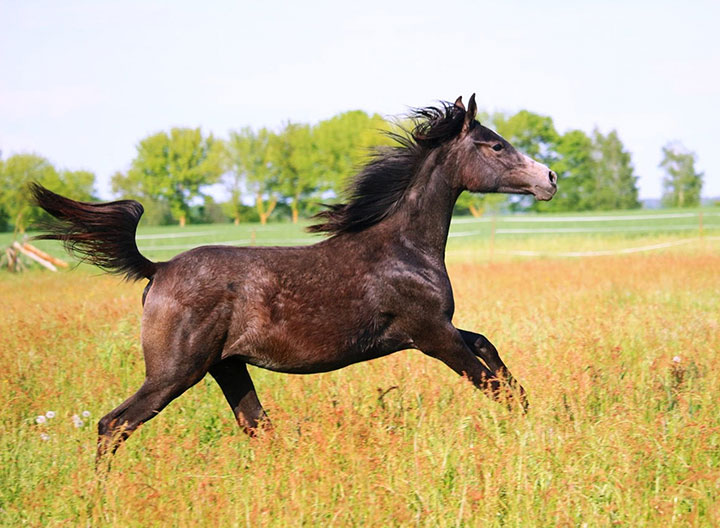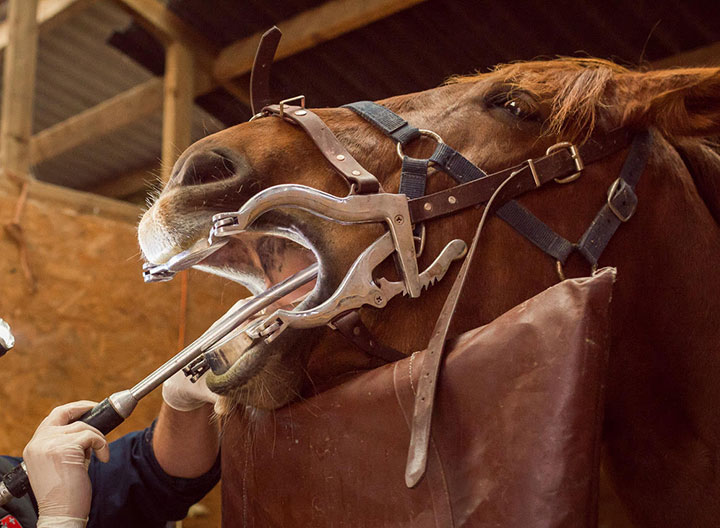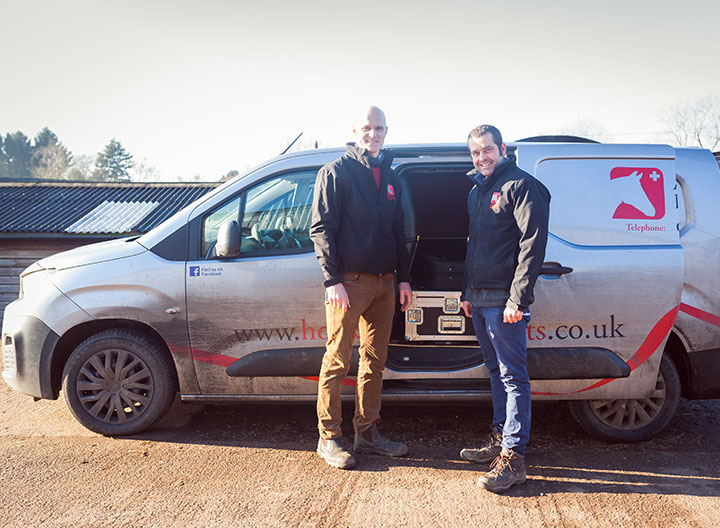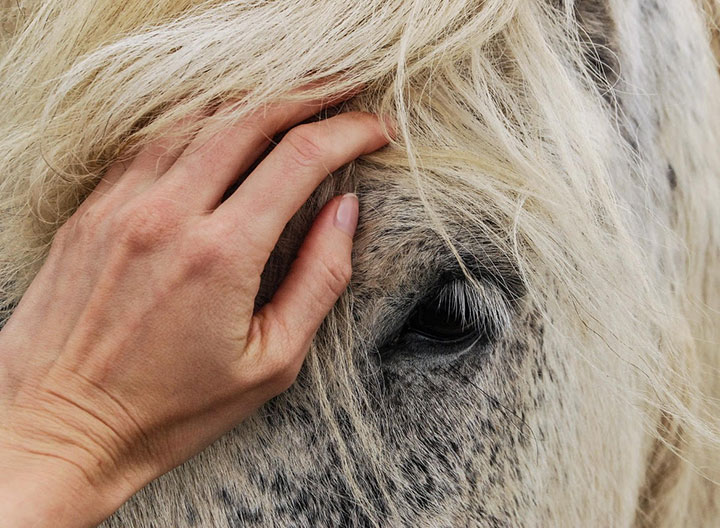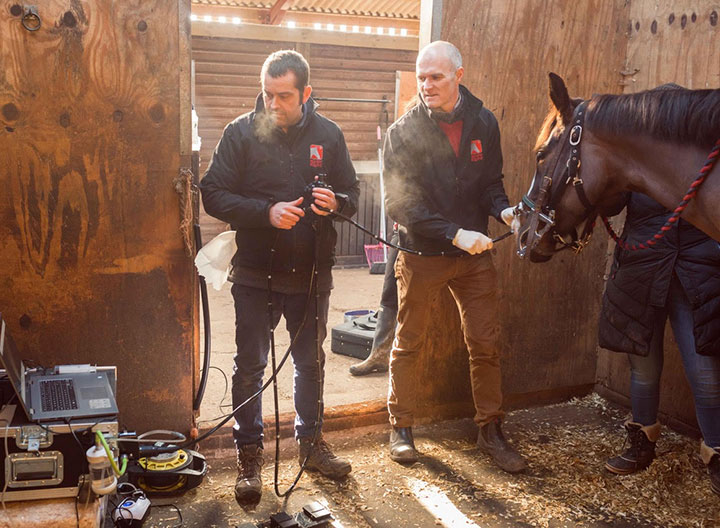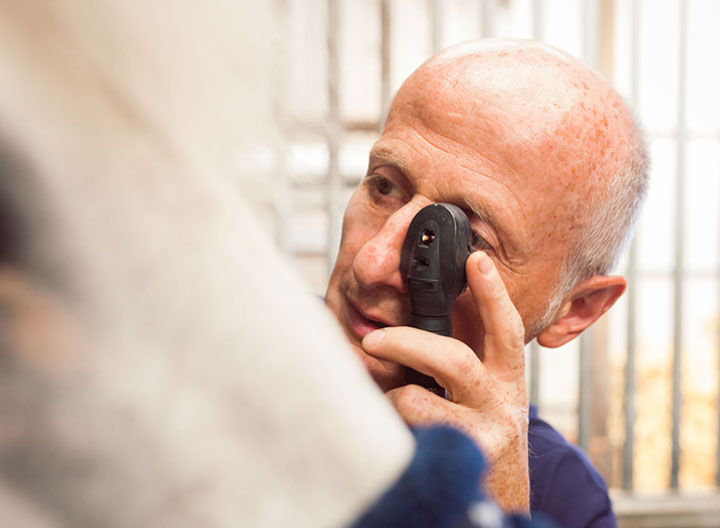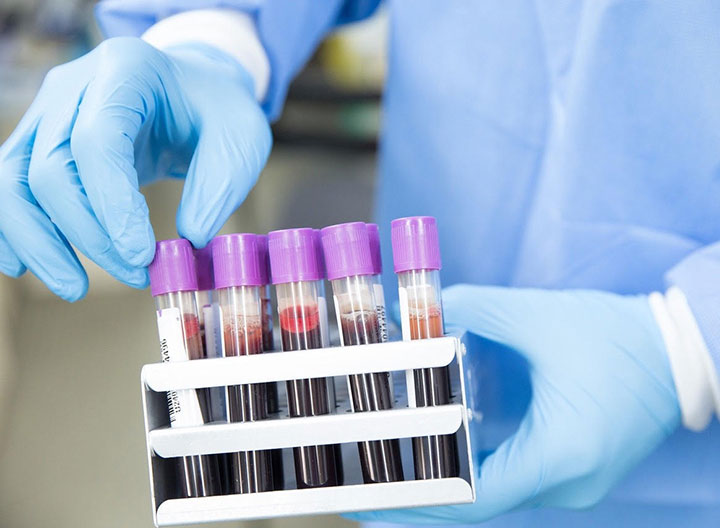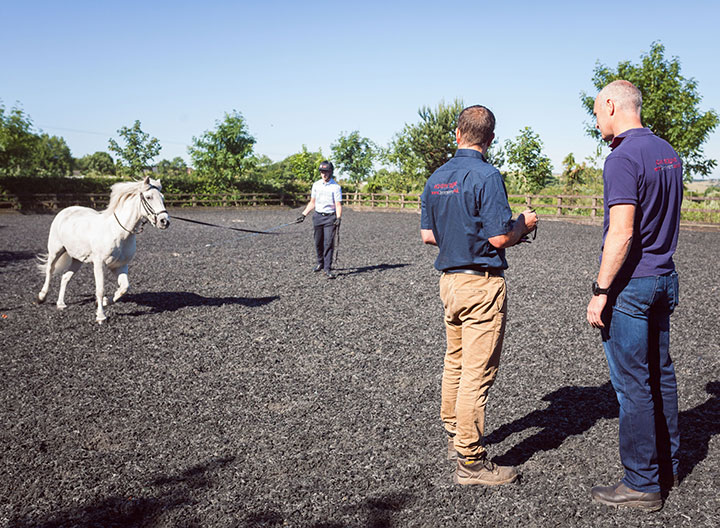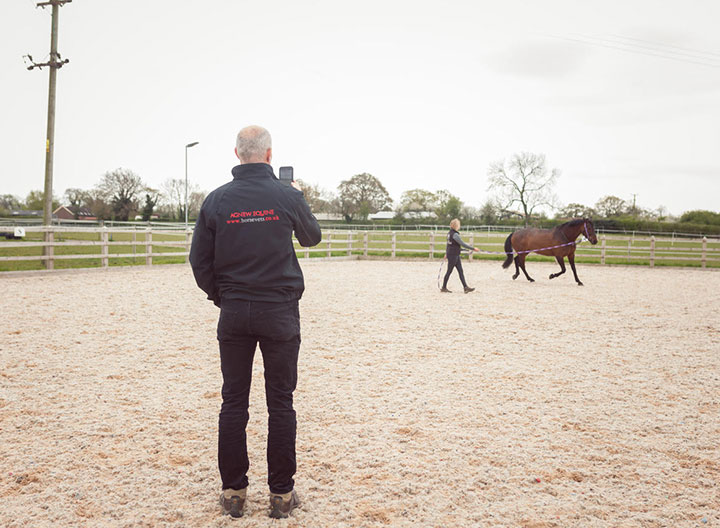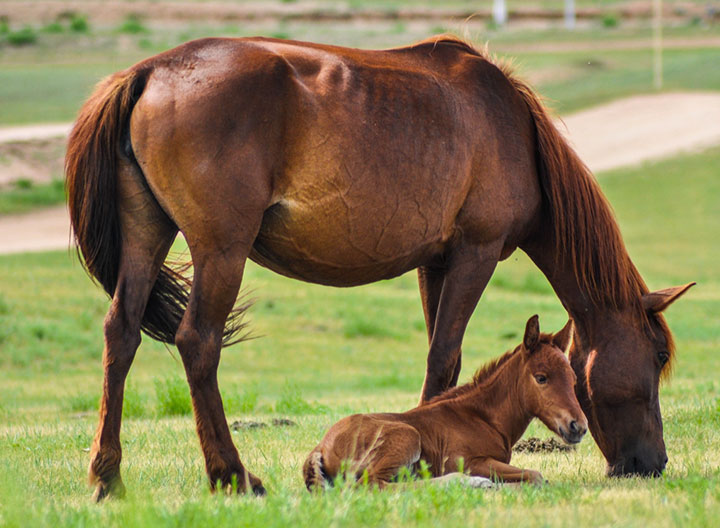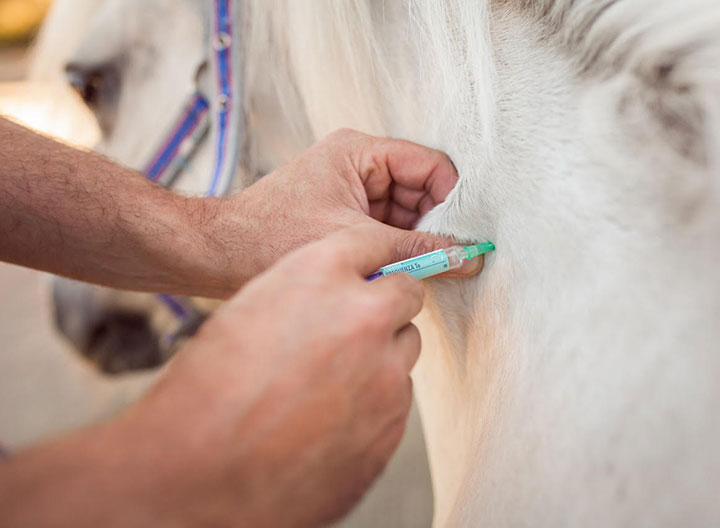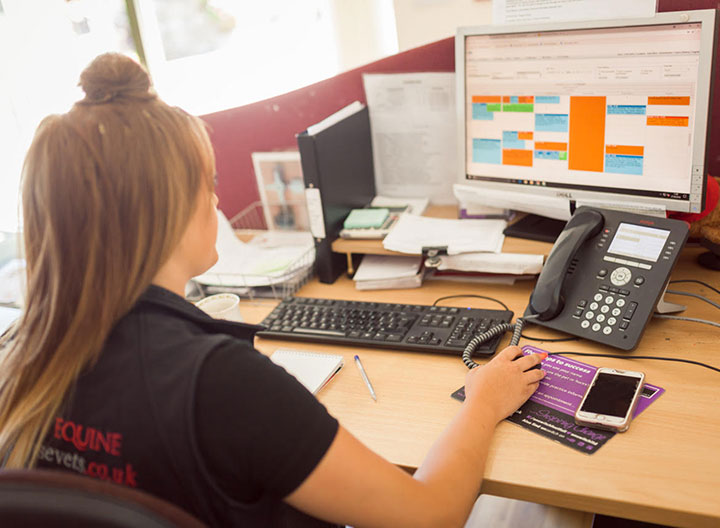Equipment and Diagnostics
We are proud to be a fully ambulatory practice and welcome the fact that modern mobile technology allows us to effectively deliver treatment and diagnoses at the convenience of your stable. Our vet's training and experience - combined with the capabilities of the technology - allows us to perform even in-depth investigations wherever you are.
We are fully equipped with the latest diagnostic equipment including x-ray, ultrasound scanner, endoscope & gastroscope, shockwave machine and the Equinosis® Lameness Locator® - all which are mobile and provide hospital-grade results without the added stress of moving your horse or pony to another premises.
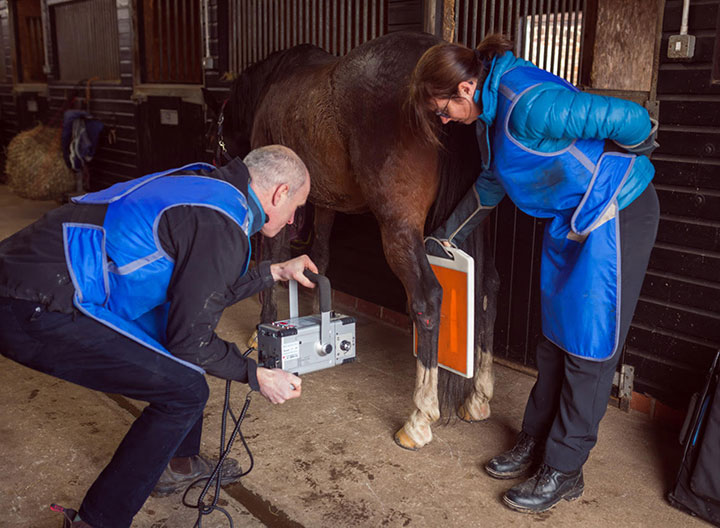 X-Ray: X-Ray or Radiography is predominately used for the imaging of your horses bones. We use an advanced digital x-ray system that is mobile, allowing us to obtain hospital quality images at your home stables. Radiography is particularly useful in lameness investigations - but is also used in the evaluation of the head, tooth, neck and back disorders. We remove the need for your horse to travel, which is not only convenient for you but is also a benefit for your horse it minimising any pain for discomfort in transport and reduces stress as x-rays are taking in the home environment where they are most comfortable.
X-Ray: X-Ray or Radiography is predominately used for the imaging of your horses bones. We use an advanced digital x-ray system that is mobile, allowing us to obtain hospital quality images at your home stables. Radiography is particularly useful in lameness investigations - but is also used in the evaluation of the head, tooth, neck and back disorders. We remove the need for your horse to travel, which is not only convenient for you but is also a benefit for your horse it minimising any pain for discomfort in transport and reduces stress as x-rays are taking in the home environment where they are most comfortable.
Ultrasound: Ultrasound is used for the imaging of your horse’s soft tissues. At Agnew Equine, we have three ultrasound machines that are specifically designed to image different areas of your horse: the reproductive tract, the musculoskeletal system (joints, tendons, ligaments and muscles) and the thorax/ abdomen. Ultrasound is invaluable in the diagnosis of a wide range of soft tissue disorders and mapping their response to treatment.
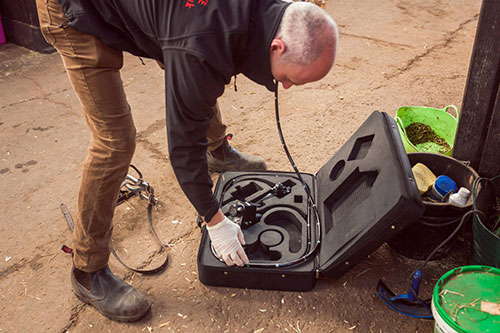 Endoscopy: Endoscopes are instruments which can be used to look inside a horse's body. They are long, tubular, and generally flexible with a camera at the end to directly view internal structures of your horse. Endoscopy is most commonly used to investigate respiratory disorders (coughs, nasal discharges, noises at exercise) but it is also used to investigate problems with the sinuses and bladder. Endoscopy is well tolerated by horses and our vets are skilled at performing these procedures safely and efficiently at your home stables.
Endoscopy: Endoscopes are instruments which can be used to look inside a horse's body. They are long, tubular, and generally flexible with a camera at the end to directly view internal structures of your horse. Endoscopy is most commonly used to investigate respiratory disorders (coughs, nasal discharges, noises at exercise) but it is also used to investigate problems with the sinuses and bladder. Endoscopy is well tolerated by horses and our vets are skilled at performing these procedures safely and efficiently at your home stables.
Similar to an endoscope, we also have a fully portable gastroscope for use if you have concerns about gastric ulcers. See our page on Gastroscopy for further information.
Shock Wave: Extracorporeal shock wave therapy (ESWT) is a fairly new treatment that has been adapted from human medicine for use in the horse. The shock wave machine generates a high intensity pressure wave which travels through fluid and tissue to be focused at the site of an injury, and has been shown to stimulate and potentially accelerate healing and reduce pain. Shockwave therapy has been found to be most therapeutically beneficial for orthopaedic injuries such as ligament or tendon injuries or back pain. These areas are often difficult to medicate, and unsuitable for surgery, so this non-invasive therapy has proven to be a useful alternative treatment option. Shockwave is normally administered as a course of treatments; these range from three to five treatments with intervals of 7 to 30 days. Shockwave treatment is administered with a probe which is connected to a compressor applied directly to the skin. Due to the vibrations of the compressor, patients are sedated to minimise stress and ensure the safety of handlers and equipment.
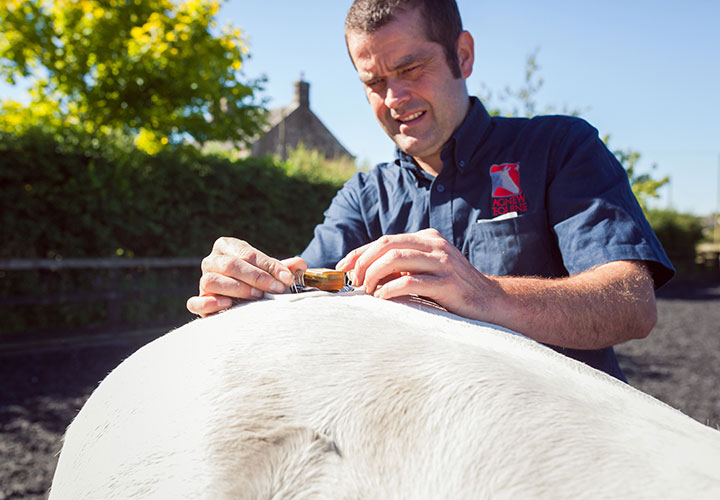 Equinosis® Lameness Locator®: this product provides us with a support technology for lameness work ups if you feel your horse is just ‘not right’. The ‘Q’ is a portable diagnostic system which objectively measure a horse’s movement. The system provides an analysis that indicates whether the horse is lame, the severity of the lameness, the limb or limbs involved, and the part of the motion cycle at which peak pain is occurring.
Equinosis® Lameness Locator®: this product provides us with a support technology for lameness work ups if you feel your horse is just ‘not right’. The ‘Q’ is a portable diagnostic system which objectively measure a horse’s movement. The system provides an analysis that indicates whether the horse is lame, the severity of the lameness, the limb or limbs involved, and the part of the motion cycle at which peak pain is occurring.
How does it work?
Wireless sensors are positioned on your horse or pony’s body, and these link with a tablet with on-board analysis. The ‘Q’s microelectronic sensors compute precise measurements of how the horse moves that the human eye can’t see – tracking head and torso movement accurately to less than one mm at 100 meters. It can pick apart asymmetries or lameness, meaning it can recognise subtle issues before they present as a more severe or obvious problem.
The gait analysis grades the lameness, which allows our vets to not only rely on their eye but also get an objective measurement. This can reduce the time from evaluation to localisation and subsequent treatment.
The ‘Q’ can:
- Measure rider effects on lameness
- Quantify effectiveness of diagnostic nerve & joint blocks
- Evaluate mild or multiple limb lameness
- Monitor rehabilitation progress
- Gauge effectiveness of therapeutics
- Assess asymmetry in pre-purchase evaluations

